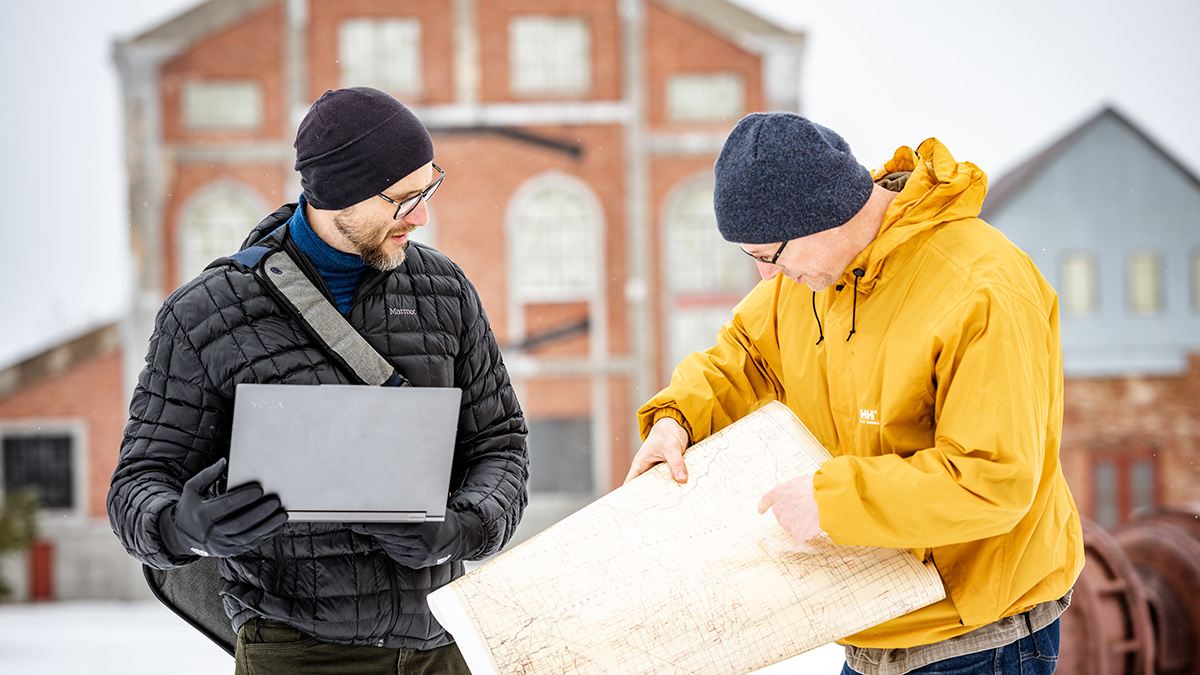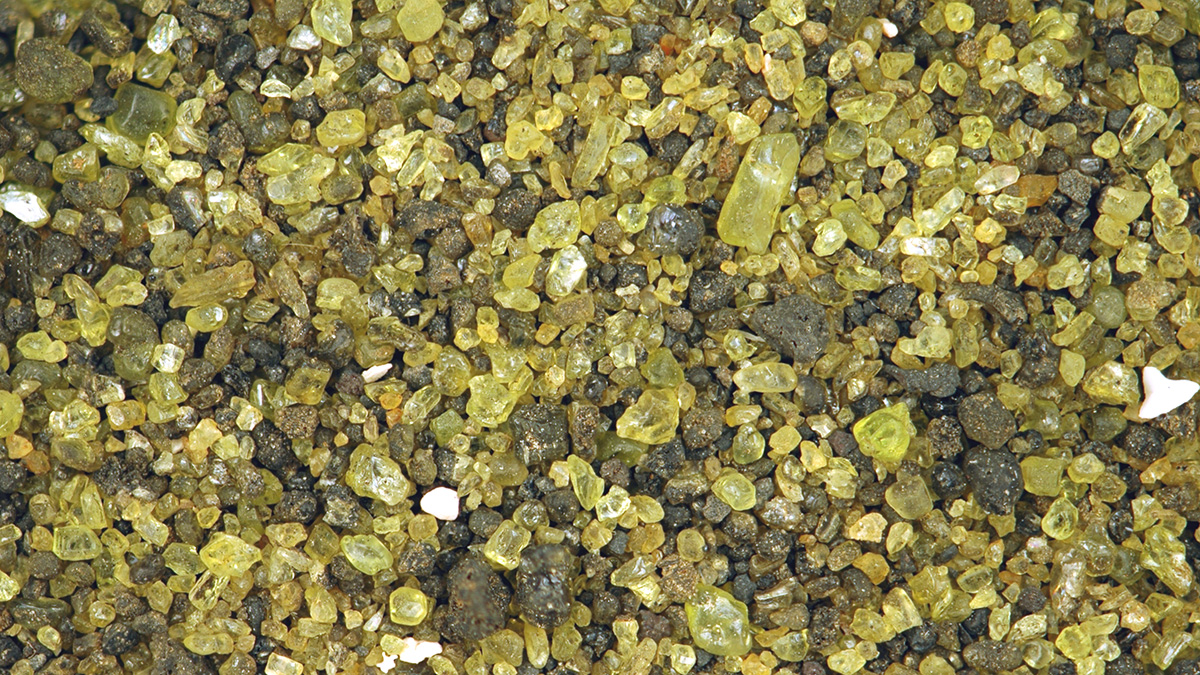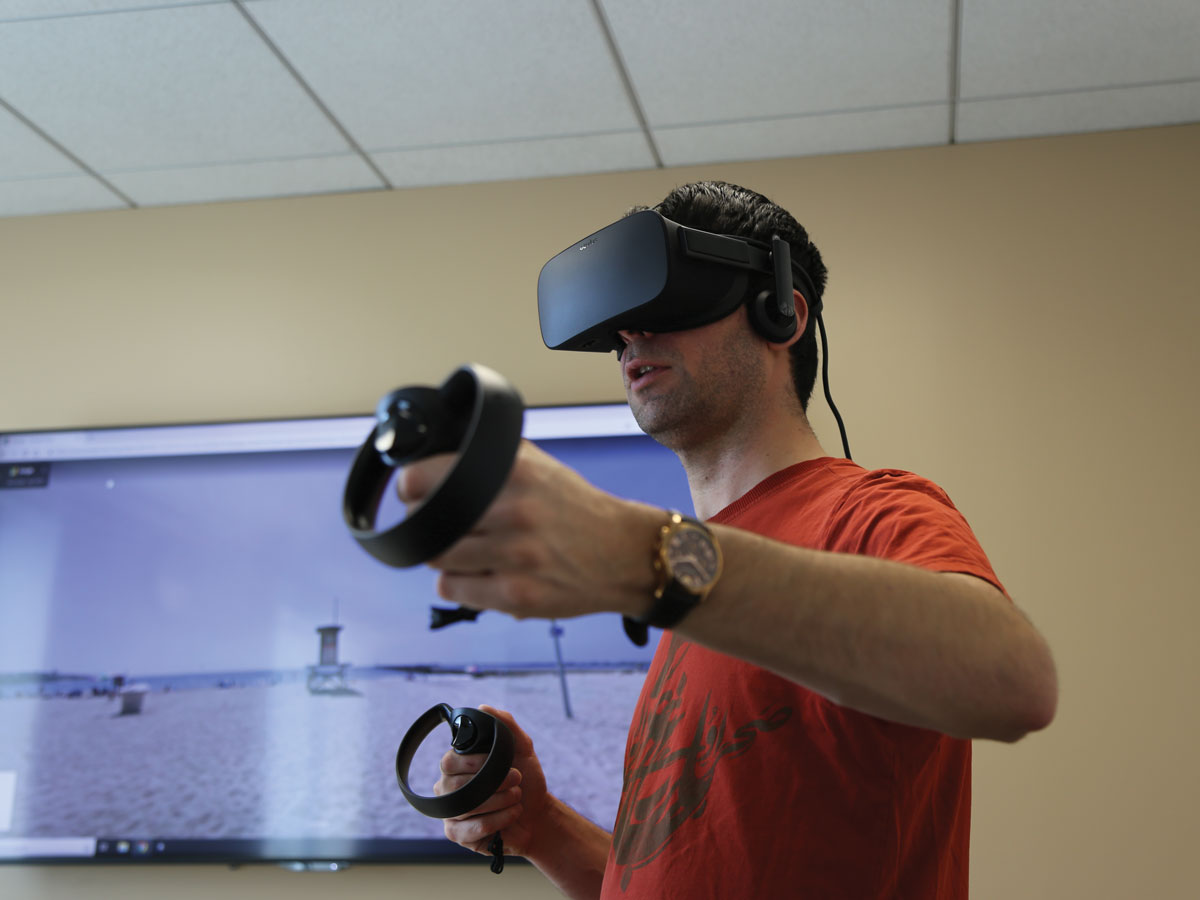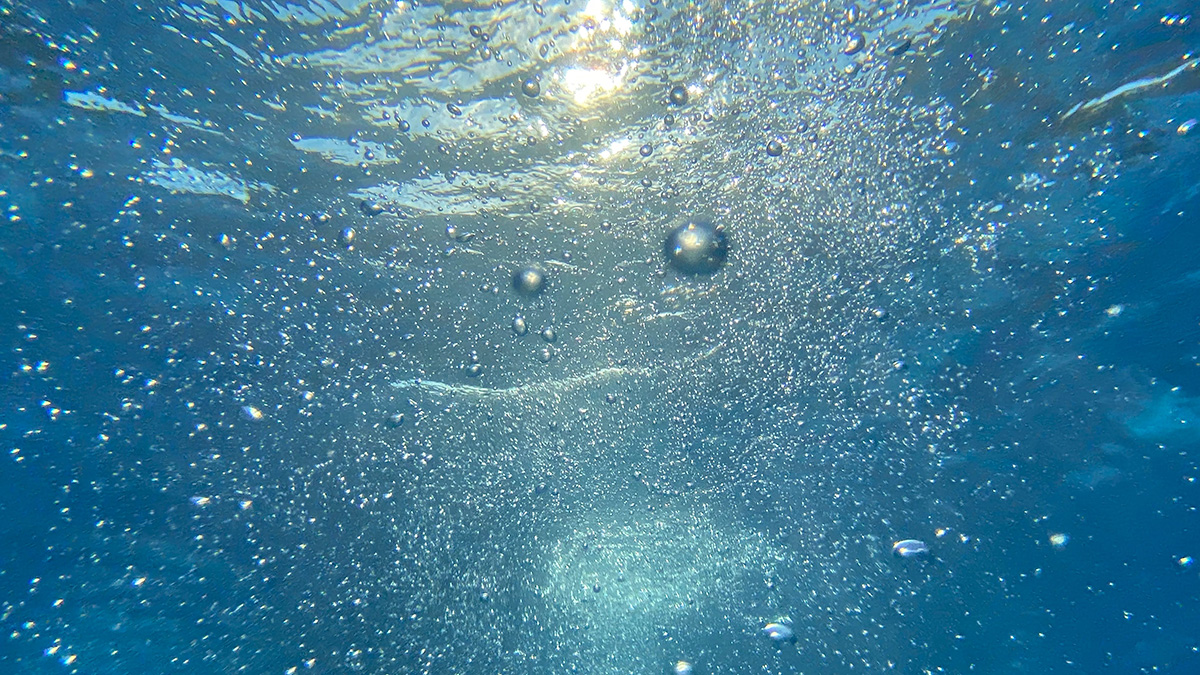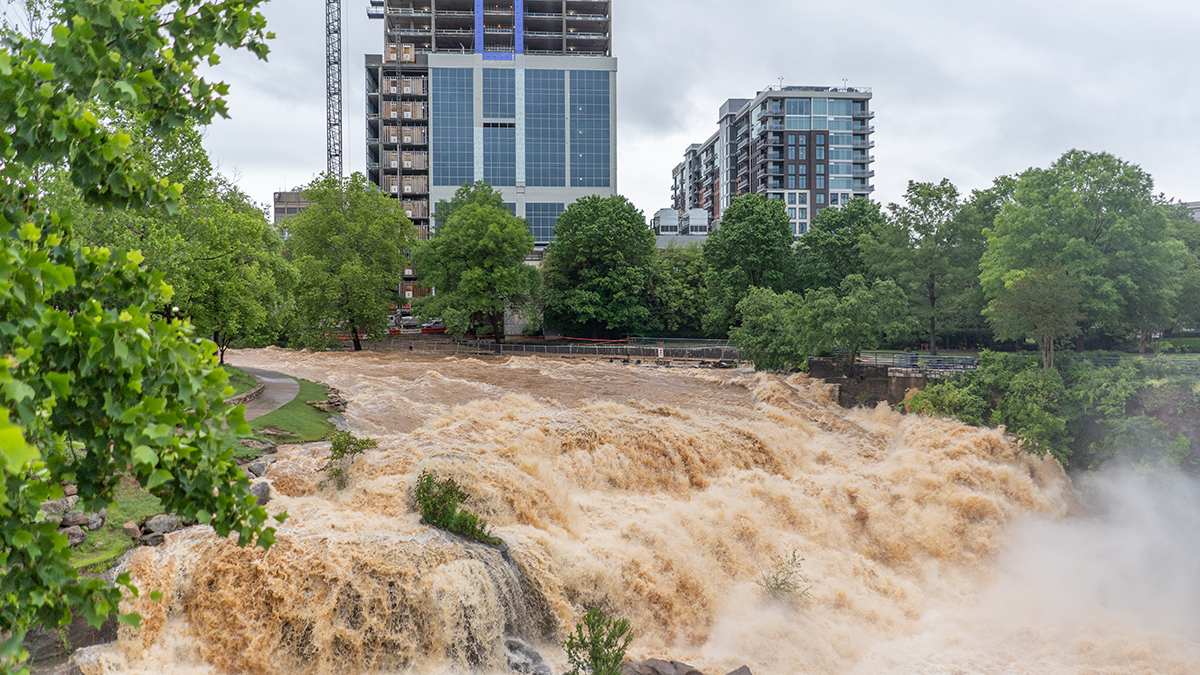A new report supports the idea that underground mines can be transformed into energy storage facilities, adding the possibility of on-demand, carbon-free power to energy grids.
business & industry
Tracking Climate Through Ship Exhaust
International regulations have reduced aerosol pollutants released from ships. Now, researchers want to use ship tracks to better understand the ambiguous effects that cleaner air has on climate.
Can These Rocks Help Rein in Climate Change?
Spreading olivine on beaches could accelerate ocean uptake of carbon dioxide and potentially limit climate change. The concept and execution still face some scrutiny from scientists.
Sandeep Pai: A Just Transition to Clean Energy
Making sure people whose incomes rely on fossil fuels aren’t left behind as alternative energy sources become more established.
Alexandre Martinez: The Virtual Reality of Climate Change
Martinez brings science to the public using technologies like virtual reality to improve understanding of climate change.
The Career Issue: OK, But Explain “Anything”
Our second annual Career Issue examines how an education in the Earth and space sciences can lead to a multitude of rewarding paths.
Hazardous Air Pollutants Found in Cooking Stove Gas
A Boston study revealed that natural gas piped into homes contained 21 toxins on the EPA’s hazardous air pollutant list.
Arctic Shipping Routes Are Feeling the Heat
Climate science and the global shipping industry collide in an ice-poor Arctic.
Loss of Ocean Memory Has Implications from Forecasting to Conservation
New research indicates climate change may thin the mixed layer and contribute to a reduction of sea surface temperature anomalies.
U.S. Businesses May Be Required to Report Emissions, Climate Risk
The proposed rules seek to give investors more complete and standardized climate risk information. The move would bring U.S. policy closer to international standards.

